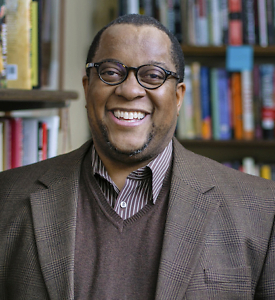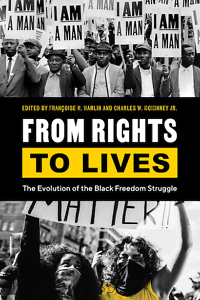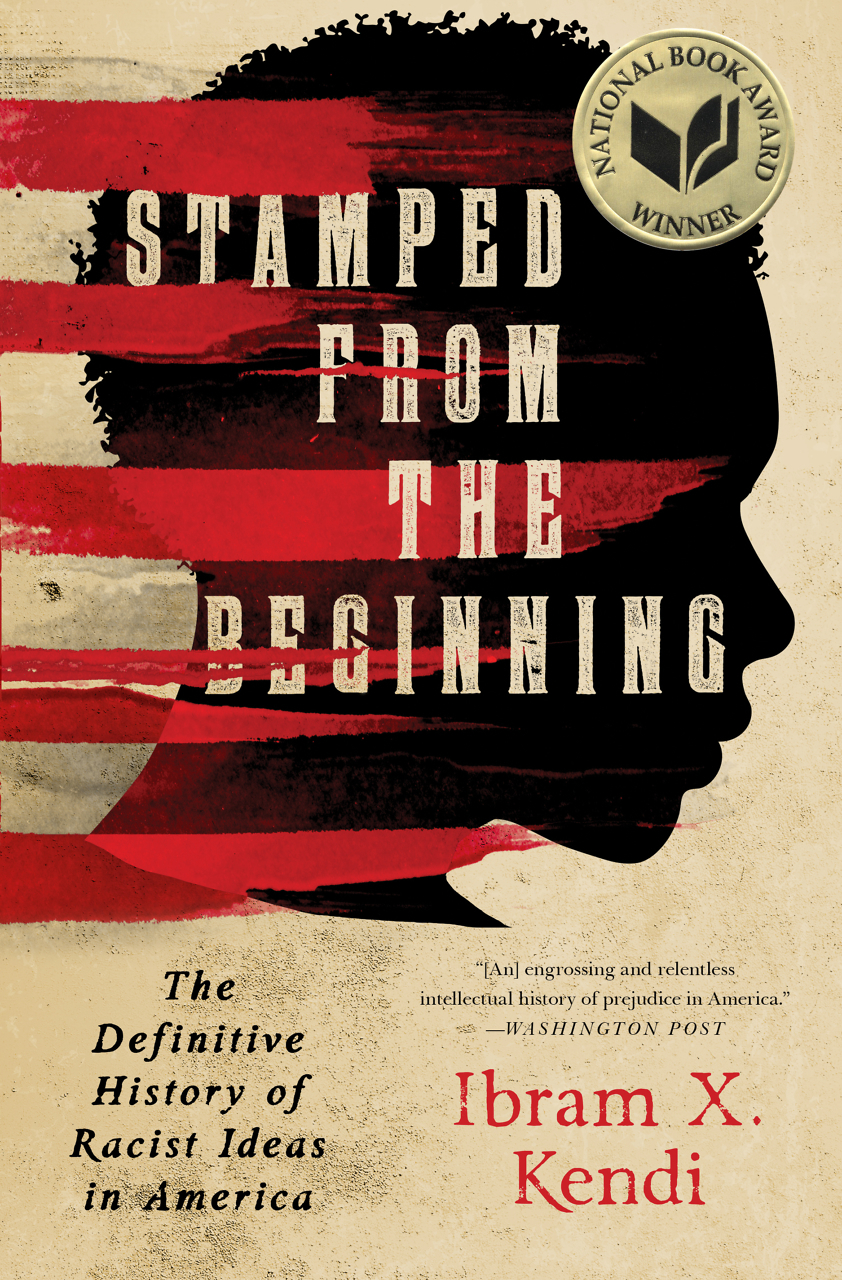Perils and Prospects
From Rights to Lives surveys the evolution of racial justice movements
After more than 250 years of slavery and nearly a century after the passage of 13th Amendment, the Civil Rights Movement of the 1950s and 1960s forced the country to live up to the guarantees afforded by the Constitution. From gaining access to the ballot box to federal protection from domestic terrorists to the desegregation of schools and universities, African Americans finally began to experience something resembling legal equality. Yet such equality did not mean equity, and most African Americans trailed their white counterparts in terms of wealth, health, longevity, educational status, and much more.

In the decades since the assassination of Dr. Martin Luther King Jr. in April 1968, civil rights activism took a backseat to people determined to roll back the successes of the movement. Growing class divisions, exploding economic inequality, and the fraying of the democratic fabric wrought by these changes and the arrival of the internet led to an illiberal moment. By the time Barack Obama was elected president in 2008, the country had dispensed with any notions that it had somehow reckoned with the demons of its past. Politicians and activists, especially on the American right, openly engaged in racial dog whistling. State-sponsored violence against African Americans seemed to take off anew as law enforcement officers killed citizens in states from New York to Florida to Kentucky to Illinois to Missouri to California, often under suspicious circumstances. These worrisome developments led to the founding of the Black Lives Matter movement.

Historians and other scholars have begun putting these contemporary events in the context of the larger Black freedom struggle in the United States. A new anthology edited by historians Françoise N. Hamlin and Charles W. McKinney Jr. gives academics and lay people alike fresh ways to consider both the Civil Rights Movement and Black Lives Matter. From Rights to Lives: The Evolution of the Black Freedom Struggle is a timely collection of essays which illuminate seminal issues of race, class, activism, insurgency, and more, demonstrating just how complex and difficult social movements really are and the ways they’re impacted by factors such as respectability politics. Equally important, this book gives readers a look into the myriad ways structural racism, white supremacy, and national issues manifest into violence and inequality against Americans of color.
The book includes eight essays on a range of topics, from Charity Clay’s “Sincerely, Your Grandparents’ Hands,” which explores similarities between “the Trayvon Martin Generation of #BlackLivesMatter and the Emmett Till Generation of the Civil Rights Movement,” to David V. Mason’s consideration of the ways photographers — especially white photographers — inevitably shape and distort perceptions of the activism they record in his essay “The Ambivalence of Activist Photography.”
 “Revolts of the Black Athletes” by Scott N. Brooks and Aram Goudsouzian surveys how athletes have contributed to the struggle for Black equality and equity even as the world of sports continues to illustrate the persistence of American racism. Althea Legal-Miller’s “’We May Have to Defend Ourselves’” examines the history of sexual violence against Black women by police.
“Revolts of the Black Athletes” by Scott N. Brooks and Aram Goudsouzian surveys how athletes have contributed to the struggle for Black equality and equity even as the world of sports continues to illustrate the persistence of American racism. Althea Legal-Miller’s “’We May Have to Defend Ourselves’” examines the history of sexual violence against Black women by police.
A postscript by editors Hamlin and McKinney looks closely at the activist response in Memphis to the 2023 police killing of Tyre Nichols after a traffic stop. Once again, critical questions about race, class, and state power were raised by the murder of a motorist — this time by Black police officers. The deadly beating and its aftermath illustrate how some things have changed, yet much remains the same:
The events that proceeded from this unnecessary and fatal encounter followed a similar pattern to previous moments: the bottomless rage and despair of a family and a community; activists convening to respond; city and law enforcement officials circling wagons, scrambling to create an “official” rendering of the incident, and asking for “calm”; political triangulation; the arrival of national media; mass-based protests. The Nichols murder became the latest real-time scenario that illuminated all of the perils and prospects of the movement work we hoped to chronicle in this book.
Crucially, the authors and editors take time, space, and technology into consideration in their analysis of historic and contemporary movements. It is important to understand just how much organizing techniques and communication have grown and evolved and how those changes have altered the nature of civil disobedience since the era of the Civil Rights Movement. Tireless on-the-ground organizing by figures like Bayard Rustin has given way to an environment where tech-savvy individuals with access to an iPhone and social media platforms can trigger mass public demonstrations.
A much-needed contribution to the field, From Rights to Lives serves to deepen our understanding of the Black experience in the United States as a dynamic narrative, updated regularly as the nation shifts and changes.

Daryl A. Carter is a full professor of history at East Tennessee State University. He is the author of Brother Bill: President Clinton and the Politics of Race and Class.


